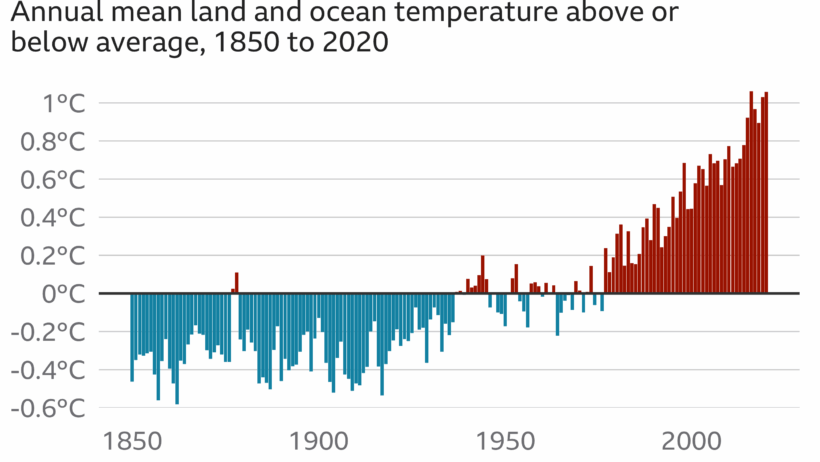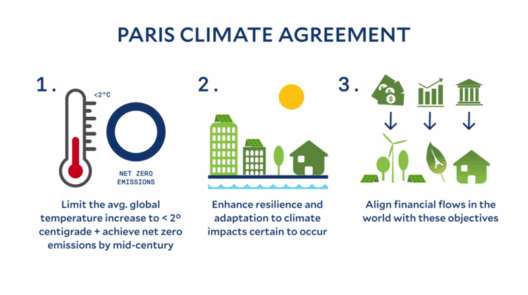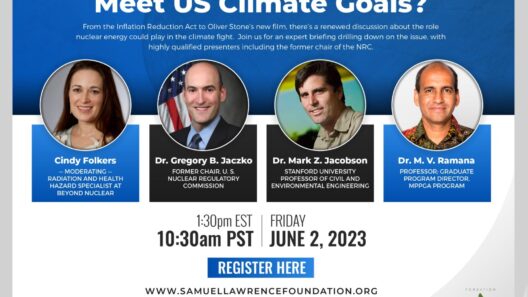Global warming stands as one of the paramount challenges of our time, yet how well do we truly understand its impending consequences? A staggering statistic reveals that Earth’s average temperature has already risen by approximately 1.1 degrees Celsius since the late 19th century. This seemingly minor increment has destabilized weather patterns, expedited glacial melt, and intensified natural disasters, profoundly impacting ecosystems and human societies.
As we delve deeper into this juncture, let’s ponder a rather playful yet thought-provoking question: What if the planet could speak? Would it cry for help, or perhaps it would present an impassioned plea urging humanity to alter its path? Each degree of warming invites a cascade of ramifications, and with our current trajectory, we are on the brink of numerous alarming tipping points.
To elucidate, let us consider the phenomenon of ice melt. The Arctic is warming disproportionately faster than the global average. This icy realm, which once served as a reflective surface, is now absorbing heat, exacerbating warming effects. When the Arctic perdeuates, a stark statistic emerges: approximately 50% of the Arctic sea ice has vanished since the late 1970s. This dramatic reduction unleashes a domino effect, disrupting marine ecosystems, displacing indigenous communities, and contributing significantly to sea-level rise.
Sea-level rise propels us into another pressing statistic: coastal cities like Miami, New York, and Tokyo are increasingly susceptible to inundation. By 2050, an estimated 150 million people could be displaced by rising waters, a wave of climate refugees that manifests the profound human face of this environmental crisis. Coastal infrastructures, once deemed resilient, are now precariously positioned against the relentless rise of the ocean’s tide.
The implications do not cease there. In an interconnected world, droughts and flooding are also intricately linked to the hardships of global warming. Disruptions in precipitation patterns lead to severe droughts in some regions while triggering torrential floods in others. A sobering statistic reveals that extreme weather events linked to climate change have, in the past few decades, increased at an alarming rate—making agriculture increasingly perilous. According to projections, global crop yields could decline by up to 30% in the coming decades if we fail to adapt our agricultural practices.
Who knew that something so abstract as an increase in temperature could manifest concrete and harsh realities? Transitioning to renewable energy sources emerges as a viable solution. For instance, the International Energy Agency estimates that renewable energy could account for over 80% of the world’s electricity by 2050, drastically curtailing the carbon emissions that fuel global warming. This transition fosters innovation while also presenting an economic opportunity ripe with potential.
However, the call for immediate action faces resistance. Politically, climate change skepticism still permeates certain factions, often obstructing progress. This represents one of the most formidable challenges: cognitive dissonance among decision-makers creates a chasm between scientific consensus and policy initiatives. A startling statistic reveals that only 30% of global politicians prioritize climate action, showcasing a dire need for public pressure and robust advocacy. How can we inspire leaders to elevate this pressing concern on their agendas?
Education and awareness serve as critical catalysts for change. By equipping communities with knowledge, citizens can collectively shift societal norms surrounding consumption and sustainability. Did you know that a mere 20% of the population is responsible for 80% of global emissions? This statistic highlights the pressing necessity for change among those with the largest ecological footprints. As we consider our personal roles, we might ask: What small, incremental adjustments can we each make to contribute to a larger, collective impact?
Furthermore, the economic narrative must evolve to reflect the true costs of climate inaction. The National Oceanic and Atmospheric Administration reported that climate-related disasters cost the United States alone approximately $300 billion annually. In contrast, investing in clean energy jobs could create millions of employment opportunities while safeguarding the planet. This leads us to a sobering realization: the continuation of harmful practices may, in the long run, prove far more costly than the green alternatives.
Nevertheless, despite the daunting challenges that global warming imposes, optimism persists. The surge of grassroots movements and global coalitions signifies a burgeoning awareness and a unified call to action. Young activists, equipped with passion and innovative approaches, have emerged as the vanguard of climate advocacy. This generational shift sparks a blend of urgency and hope as people increasingly recognize their interconnectedness with the planet.
In conclusion, global warming presents not merely a scientific question, but a clarion call for humanity to recalibrate its course. Each statistic is a reminder of the fragility of our existence and the intricate web of systems that sustain life on Earth. As the planet speaks, it implores us to listen and act. Therefore, the question remains: Will we rise to the occasion, embracing innovation and collaboration, ensuring a sustainable legacy for those who come after us? The clock is ticking, and the answers demand urgency, resolve, and collective action in addressing the formidable force of global warming.







